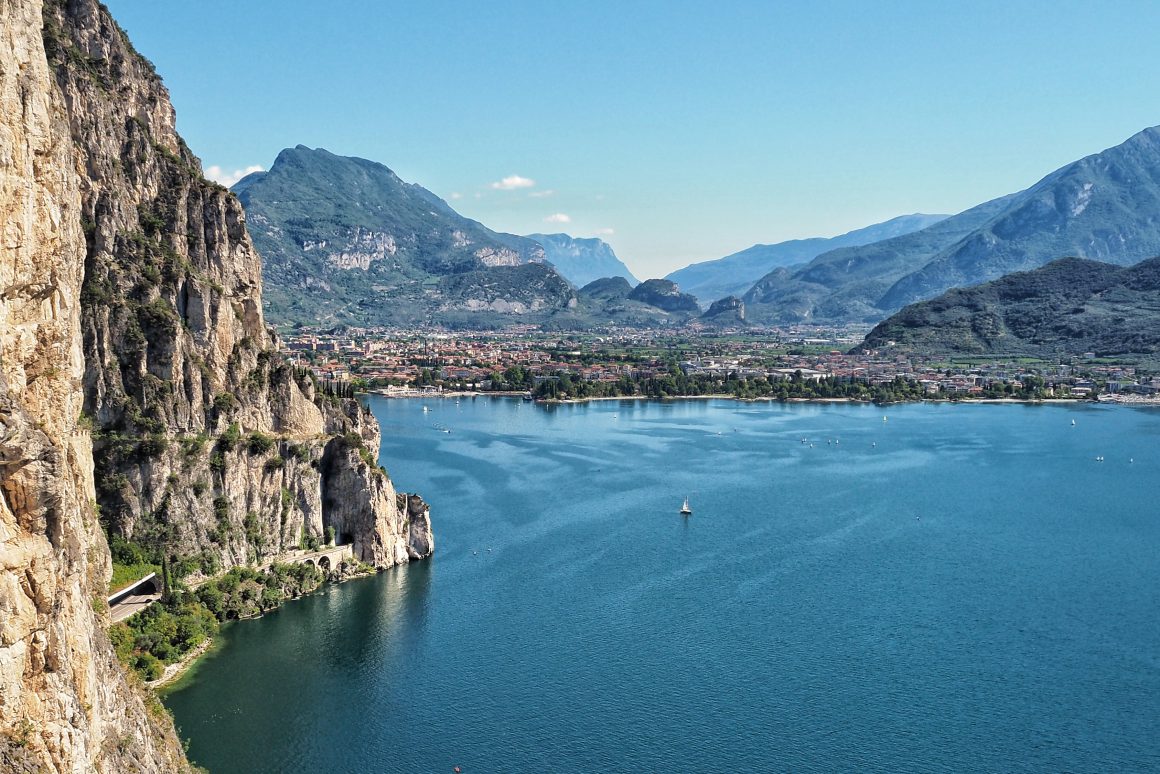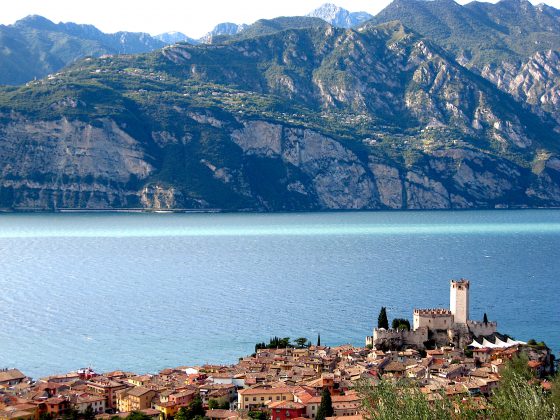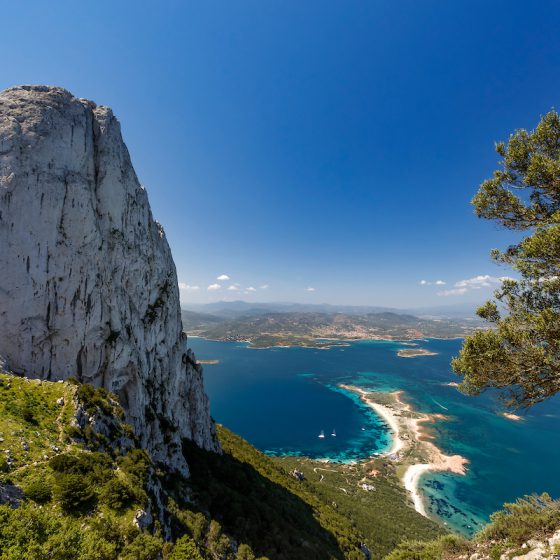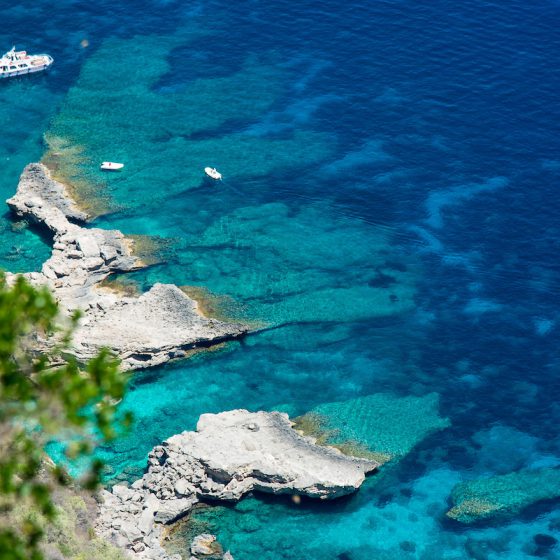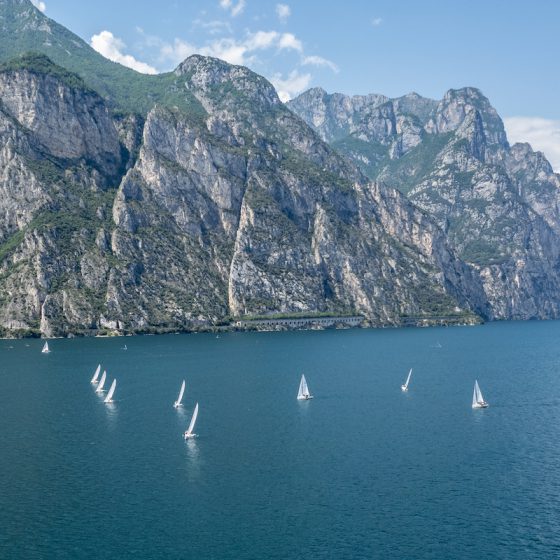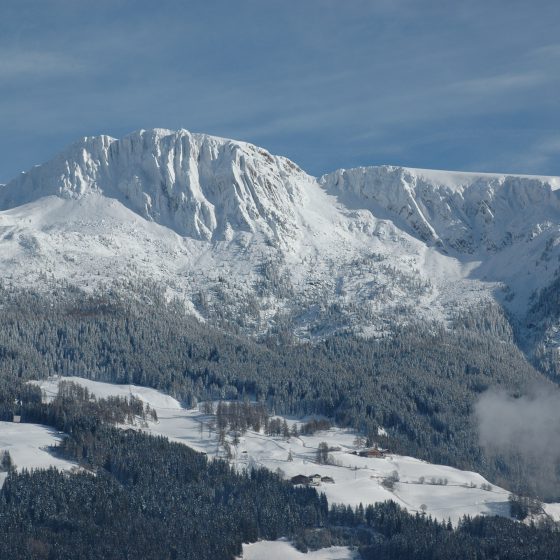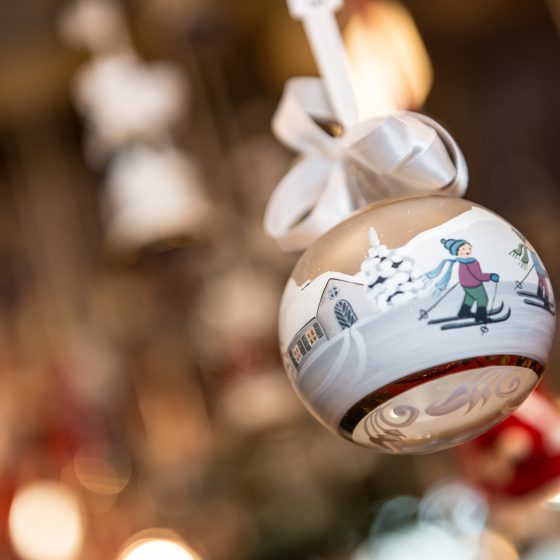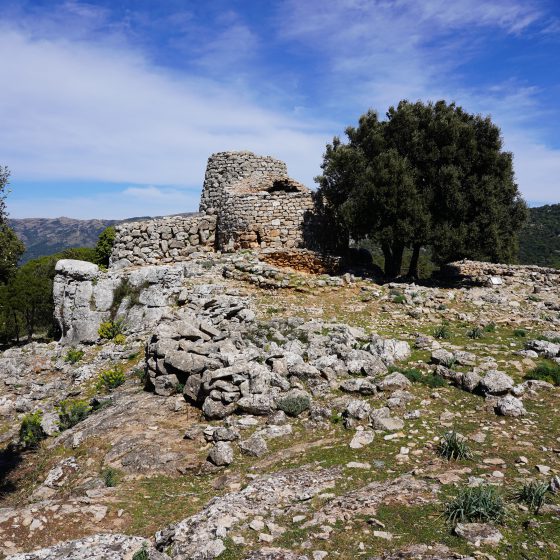The largest, most beautiful lake in Italy, Lake Garda offers unparalleled scenery, mountain vistas, and waterfront accommodations! Grandiose, majestic, abundant… It’s a hard place to quantify… but we tried. Read on for everything you ever wanted to know about Lake Garda – by the numbers!
LOCATION
Set in Northern Italy, just south of the Dolomite Mountains, Lake Garda sits at an elevation of 65 meters (213′), rendering most of its volume below sea level. It is trisected by three administrative regions of the Republic of Italy: Trentino-Alto Adige in the north, Veneto in the east, and Lombardy in the west.
THE LARGEST LAKE IN ITALY
Lake Garda, Lago di Garda or Benaco in Italian, is the largest lake in Italy, and the third-largest lake in the Alps. At a magnificent 370 square kilometers (143 square miles), it is more than 75% larger than Lago Maggiore (also known as Verbano, at 212 square kilometers / 82 square miles), and more than twice the size of Lago di Como (also known as Lario, at 145 square kilometers / 56 square miles).
Lago di Garda has an average depth of 136 meters (446′), with a maximum depth of 346 meters (1,135′) in the narrower northern portion of the lake. By comparison, Lago Maggiore is longer at 64 kilometers (40 miles), and deeper with a maximum depth of 372 meters (1,220′).
AROUND THE LAKE – LITERALLY
Measuring 51.9 kilometers (32 miles) in length at its longest north to south point, with a maximum width of 16.7 kilometers (10 miles) toward the southern end of the lake, Lake Garda has a perimeter of 158.4 kilometers (98 miles).
A series of state, regional, and provincial roads and highways (Strade Statali, Strada Regionale, and Strada provinciale) ring the lake, making it possible to drive the entire shoreline! Depending on traffic, the drive is about three hours without stops. But with the astounding beauty, photo ops, refreshing waters, and incredible cuisine, we’re guessing you’ll want to make a full day of it.
FERRIES
While the road that rings the lake is gorgeous and offers incredible scenery, the views from the water simply can’t be beat! There are almost 100 ferry routes crisscrossing and circumnavigating the lake, stopping at some 25 ports that cover most every nook and cranny of shoreline – and certainly the major villages! Whether you’re on foot, riding a bike, or driving a motor vehicle, there is a ferry berth calling your name.
FIVE + ISLANDS
There are five main islands on Lake Garda, in addition to many smaller ones spread out across the lake. The largest island is Isola del Garda, or Borghese Island, located near the western shore on the lower third of the island. Serving in different eras as a pirates’ cave and a Franciscan monastery under Saint Francesco d’Assisi and Saint Bernardino da Siena, today it features a magnificent private villa that is available for tours. Immediately to the south is Isola San Biagio, or Isola dei Conigli (Island of Rabbits), which as indicated by its name, plays host to a wild rabbit population who are acclimated to humans. The island is available for both day and overnight beach use, and features incredibly clear water and a rock wall that dives 150-meter-deep (492′) and is a huge draw for scuba divers.
To the north is the mysterious and wild Isola di Trimelone, in the upper third of the lake on the east coast. Once a military outpost leftover from Austro-Hungarian rule, an inadvertent explosion destroyed half of the island in 1954. Today this quiet oasis is inhabited by seagulls and cormorants. Moving further north up the eastern shore, the final two islands of significant size are Isola del Sogno (Island of Dreams) and Isola dell’Olivo (Island of Olive Trees). Both located off the shore of the medieval hamlet Malcesine. Neither are inhabited, and both are fun to explore. Depending on water levels, both Isola del Sogno in the northeast, and Isola San Biagio in the southwest, can be accessed on foot by land bridges. The other three islands all require boat transportation to visit.

